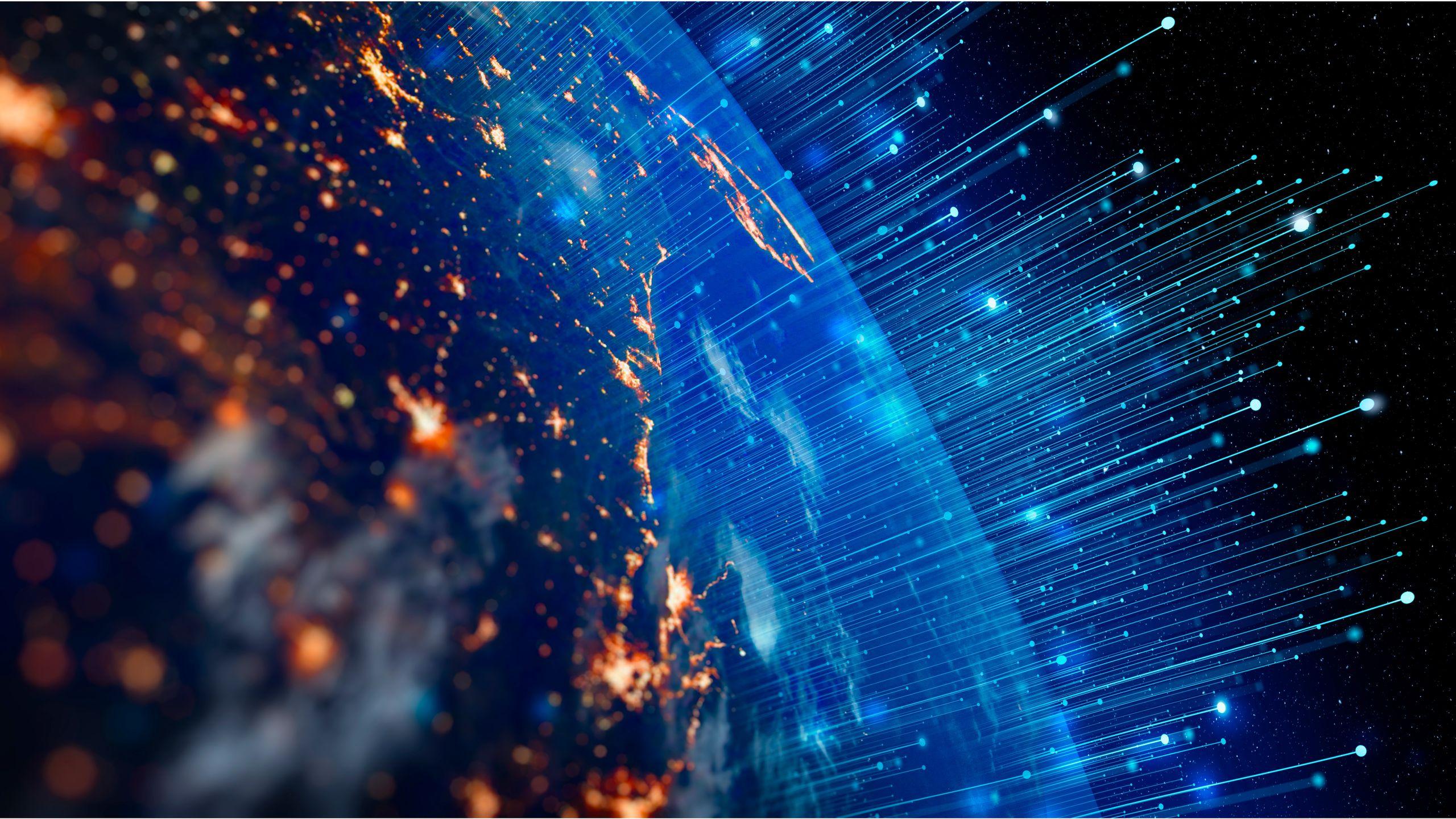- Cloudflare tracked global internet outages from July to September in 125 countries
- Government-mandated power outages remain one of the most common causes of global disruptions
- Iraq, Syria and Sudan continued annual lockdowns during national exam periods
Cloudflare’s Third Quarter Internet Disruption Report paints a troubling picture of how fragile global connectivity is, even in the era of advanced networks and sophisticated DDoS protection.
Between July and September 2025, the company tracked outages triggered by events ranging from natural disasters and cyberattacks to government restrictions and accidental cable damage.
Using data from its network that spans more than 330 cities in 125 countries, Cloudflare has documented what it calls “a wide variety of known causes” behind the widespread service outages.
Government orders remain one of the main culprits
Internet shutdowns imposed by state authorities remain one of the most frequent disruptions in the world.
Iraq, Syria and Sudan have once again closed online access during national exam periods, a practice that has become common in these regions.
Syrian officials even claimed to have successfully targeted “organized exam cheating networks,” suggesting that such outages were part of a broader crackdown strategy.
Elsewhere, Venezuela saw a more unusual case when provider SuperCable was taken offline after losing its license, cutting off connectivity for thousands of users in mid-August.
Cloudflare described these cases as consistent with previous patterns of short, repeated, localized restrictions.
The report shows how easily physical networks can fail through accident or negligence. A stray bullet in Texas damaged a fiber optic line, causing a two-hour power outage for Spectrum users.
In the Dominican Republic and Angola, construction work severed cables, interrupting connections for hours.
Similar problems emerged in Pakistan, Haiti and the United Arab Emirates, where simultaneous cuts to Red Sea cables crippled traffic across the country.
Cloudflare’s findings suggest that no amount of routing optimization or firewall management can compensate for weaknesses in physical infrastructure once it is damaged.
Natural and accidental disasters added to the troubles of the quarter. In Egypt, a fire at the Ramses Central Stock Exchange cut off access to major providers such as Vodafone and Orange.
A magnitude 8.8 earthquake on Russia’s Kamchatka Peninsula paralyzed regional traffic almost instantly.
Even space services have been affected. Starlink reported a global outage on July 24 after “an outage of key internal software services that operate the core network.”
Global Internet access remains vulnerable to a range of threats, from cyberattacks to the limits of basic infrastructure. Outages can come from the most unexpected sources.
Cloudflare noted that its summary “is not an exhaustive or complete list,” but the evidence points to a clear reality: the global network may be vast, but it remains fragile.
Follow TechRadar on Google News And add us as your favorite source to get our news, reviews and expert opinions in your feeds. Make sure to click the Follow button!
And of course you can too follow TechRadar on TikTok for news, reviews, unboxings in video form and receive regular updates from us on WhatsApp Also.




